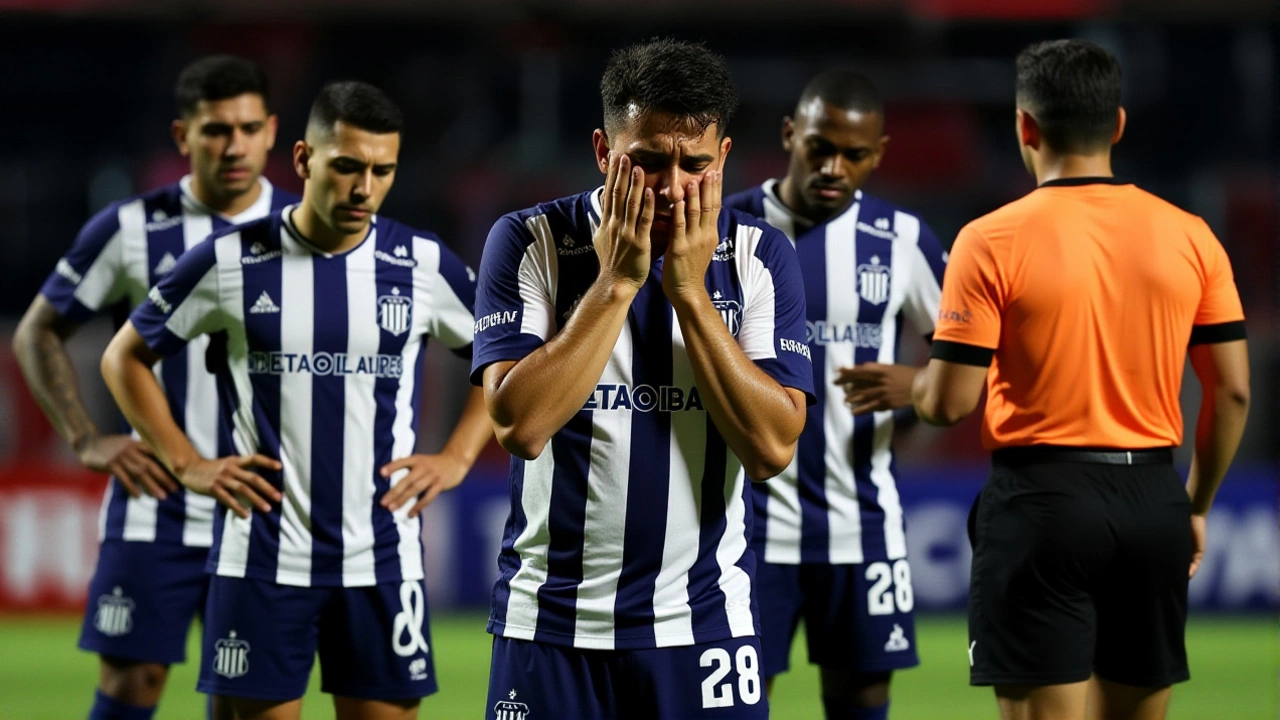Copa Libertadores – South America’s Top Club Football Competition
When talking about elite club football in the Southern Hemisphere, Copa Libertadores, the yearly championship run by South America’s governing body. Also called Libertadores Cup, it pits the best teams from Brazil, Argentina, Uruguay, Colombia and other nations against each other in a quest for continental glory.
Behind the scenes, CONMEBOL, the Confederación Sudamericana de Fútbol that runs the tournament sets the calendar, decides the prize money and handles the broadcast deals that let fans watch the drama from anywhere. The organization’s rules shape everything from squad registration to the away‑goal rule, making CONMEBOL a key player in how the competition works.
The tournament format, a mix of group stages and knockout rounds is designed to give each qualified club a fair shot while keeping the excitement high. Teams first battle in four‑team groups, then the top two advance to home‑and‑away eliminations that culminate in a single‑match final at a neutral venue. This structure creates a clear path: qualification through domestic leagues, progression through group play, and the ultimate showdown for the trophy.
Why the Copa Libertadores matters to fans and players alike
For fans, the tournament is more than a series of games – it’s a cultural event. The roar of a packed stadium in Buenos Aires, the electric atmosphere of Rio’s Maracanã, and the passionate chants that travel across borders all feed into a shared identity. Players often describe winning the Libertadores as a career‑defining moment, comparable to lifting the UEFA Champions League trophy. The prestige also opens doors: standout performances can lead to transfers to European clubs, higher wages, and national team call‑ups.
From a business standpoint, broadcasting rights generate millions of pounds for clubs and the governing body. Streaming platforms, similar to how fans wrestle with paying for Fox Sports online, now offer subscription packages that include live Libertadores matches. This shift means more accessibility but also a cost that fans weigh against the excitement of watching their favorite side in action.
Historically, clubs like Boca Juniors, River Plate, Flamengo and Palmeiras have built dynasties, collecting multiple titles and forging legendary rivalries. These teams epitomize the tournament’s legacy, but each season also births new underdogs that surprise everyone – the kind of story that keeps the competition fresh and unpredictable.
Looking ahead, the tournament continues to evolve. Recent talks about expanding the group stage, introducing VAR technology, and tweaking the financial distribution aim to level the playing field and boost competitiveness. These changes reflect a broader trend in sports where governing bodies, much like the discussions on whether Kansas City should get an NHL team, constantly assess how to grow their leagues while preserving tradition.
Below you’ll find a curated collection of posts that dig into every angle of the Copa Libertadores: from deep‑dive analyses of past finals and tactical breakdowns, to guides on how to stream matches legally, to fan‑generated stories about unforgettable nights in stadiums across the continent. Whether you’re a seasoned supporter or just getting curious about South American football, the articles that follow will give you the context, facts and excitement you need to appreciate the tournament fully.

Miguel Navarro Cries After Alleged Xenophobic Slur in Libertadores Match
Miguel Navarro of Talleres alleges a xenophobic slur from São Paulo's Damín Bobadilla during a 2‑1 Libertadores loss on May 27, sparking a police complaint and potential CONMEBOL sanctions.